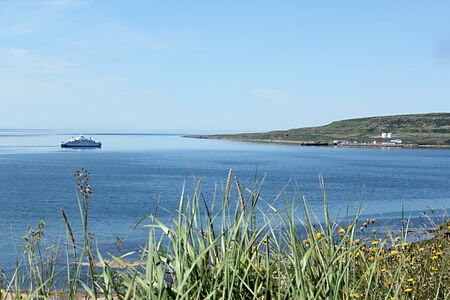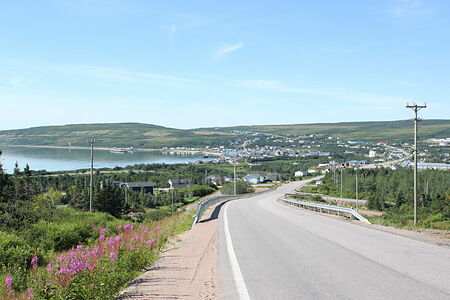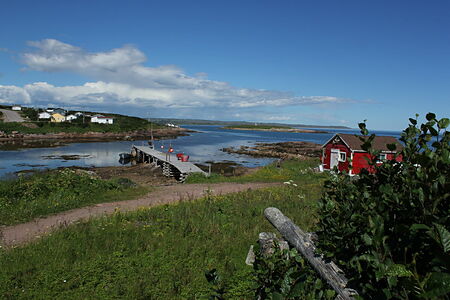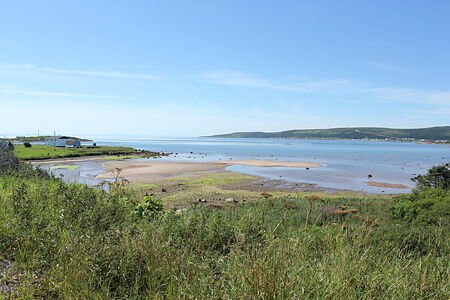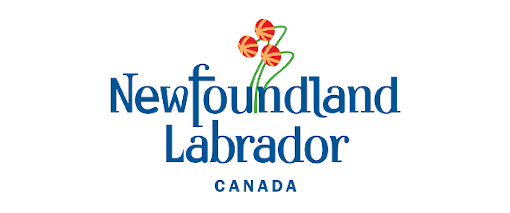About the Region
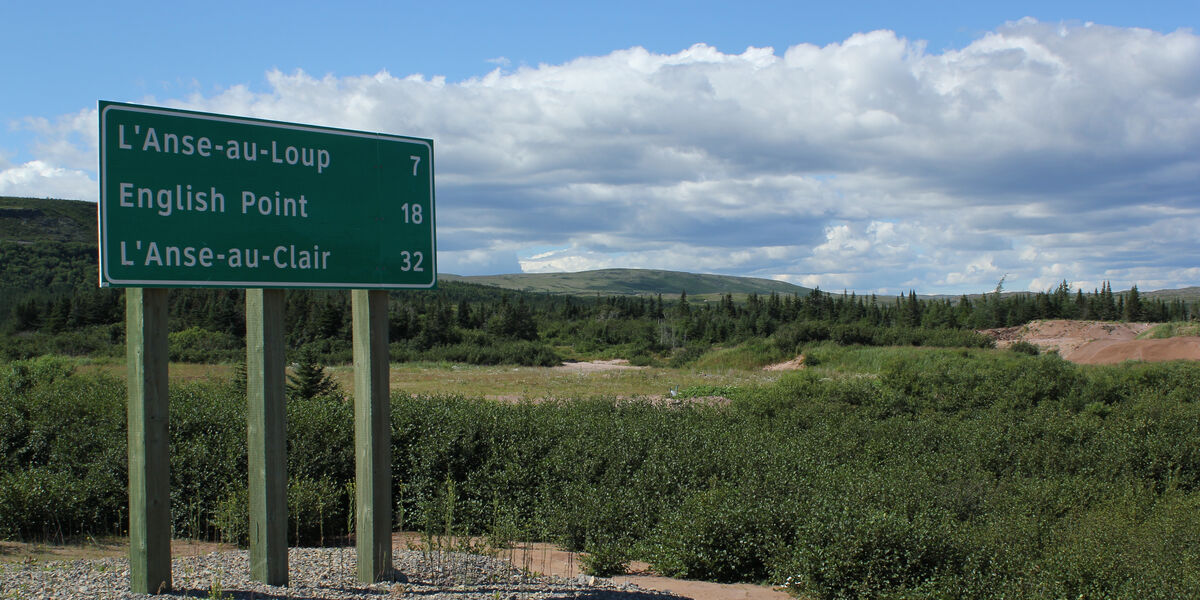
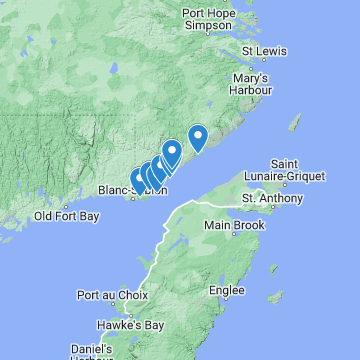
The region served by the SLDA includes eight small towns dispersed along some 80 km of coastline in Southern Labrador. This coastline forms the northern shore of the Strait of Belle Isle, which separates the Island of Newfoundland from continental North America. The region is commonly known as the "Labrador Straits".
Today's residents are descendants of English, Jersey and Newfoundland fisherfolk, possibly with traces of earlier French and Basque people, who met and lived with Inuit and Innu Indigenous people in the bays and coves of the region.
The places they chose to settle now carry names recorded by earlier occupants (often of French origin) who had pursued profitable codfishing, sealing, salmon fishing and whaling in the region for over three centuries.
The Labrador Straits has since developed its own unique identity, with strong ties to neighbouring Quebec, to Newfoundland and to other parts of Labrador. At present 20% of the region's population self-identify as Indigenous people.
Fishery and Tourism
There are two primary industries in the regional economy: fishery and tourism. Fishery is by far the larger contributor. The 2022 fishery is strong, with more market potential in the future. The Shrimp Company facility at L'Anse au Loup ran "flat-out" through the entire summer season, something unusual and greatly pleasing to plant manager Gilbert Linstead, "We processed and sold everything that came through the door, down to the last bit of fish skin." Gilbert says they're procressing "EBC - everything but cod." Having the plant flat-out meant lots of jobs and work-hours for local people. The service industry — the suppliers and entrepreneurs and truckers — is doing strong business and contributes more employment.
Tourism is a much smaller contributor to the local economy but has grown stronger in the past two decades, and tourism markets offer more growth potential. In 2022 visitation at Point Amour Lighthouse Provincial Historic Site reached record numbers. Motorcoach tours, RV homes, campers, and small groups of touring motorcyclists and cyclists were a common sight along Route 510 during summer. Visitation to the World Heritage Site at Red Bay boomed. Cruise ships visited Red Bay twice during the season. During their time in port at Red Bay, passengers were offer a guided excursion to Point Amour Lighthouse by Take Me There Tours created by Lisa Davis. Seven busses with about 40 passengers per bus made the excursion which proved quite successful. A waiting list remained at Red Bay.
In 2020 the pandemic hit the tourism industry hard and was a potential crisis for people in the accommodations, food and hospitality sectors. 2022 was the first post-pandemic year and marked a strong recovery across all tourism sectors.
Infrastructure and Services
Communities in the region are connected by a paved highway and electrical grid system that provides power from Quebec with a backup regional generator plant at L'Anse au Loup. Land-based telephone infrastructure along with cellular and internet services are provided by Bell Aliant. Satellite internet is also available.
Munipalities provide water & sewer and weekly garbage collection services for residents. In some locations away from the backbone of municipal infrasture, homes use their own artisan well and septic systems. Garbage is disposed of in the Crow Head landfill (at Forteau). The landfill is managed by the Regional Waste Disposal Committee and the Town of Forteau.
Businesses in communities provide an array of goods and services for residents such as groceries, fuel, household goods, lumber & hardware, auto services, prescription drugs and personal services.
Visit our Business Directory to learn more.





